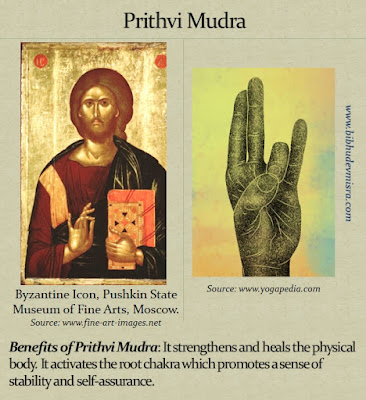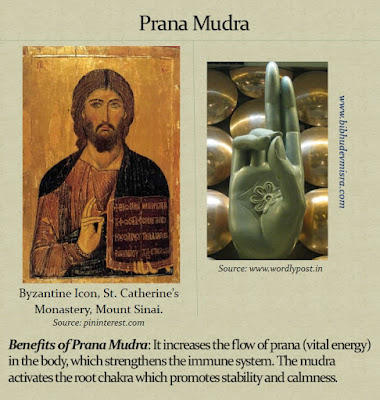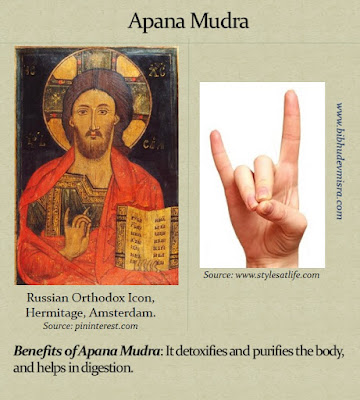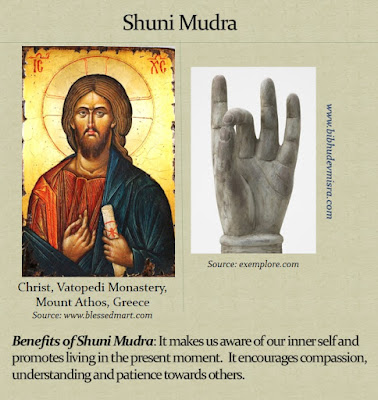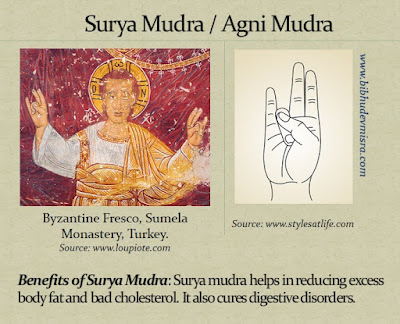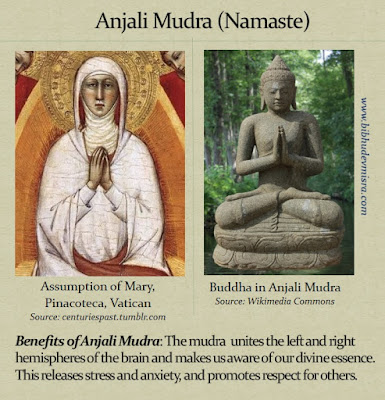Bombilla,no me malinterpretes.Solo te he mencionado el caso de tu pariente.Los creyentes rezamos para que Dios de fortaleza y ánimo a esas personas.Los ateos tendrán sus maneras y respetables.
Lucía Etxebarría dijo que ella cree en Dios por necesidad porque esta vida la supera, que ella sola no puede afrontar todo, y necesita creer, me gustó que lo dijera ella que es de izquierdas y nada conservadora.
A mí me pasa parecido, creer sólo en lo que vemos me parece descorazonador, y muy triste, yo necesito creer.

